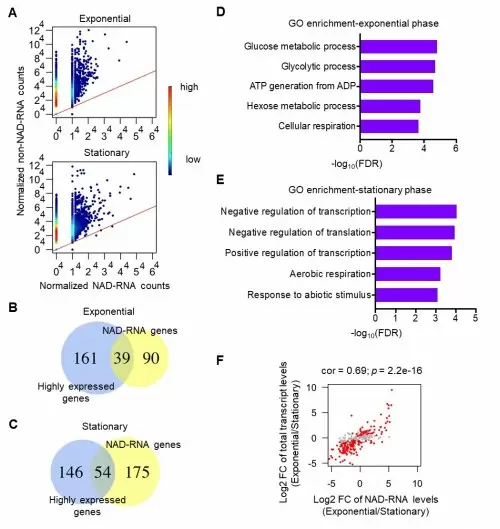
Prof. Yiji XIA

Contact Information
Head and Chair Professor, Department of Biology Director, Research and Development Centre for Natural Health Products
- COMPUTATIONAL MEDICINE, SYSTEM HEALTH and SMART SOCIETY
The main research focus of Xia laboratory is on understanding molecular mechanisms that regulate gene expression through RNA modifications. In recent years, RNA modifications have increasingly been recognized to play key roles in controlling gene expression. One of the important RNA modification mechanisms is RNA capping, in which a cap is added to the 5’ end of RNA molecules. RNA capping controls RNA stability, transcription, and translation. In recent years, a novel RNA cap, the NAD cap, has been found in some RNAs in both prokaryotes and eukaryotes. However, the mechanisms of NAD capping and the molecular and physiological functions of the NAD cap remain largely unknown. Xia laboratory has been using cutting-edge technologies and methodologies, such as nanopore sequencing technology and click chemistry methodology, to identify NAD-capped RNAs and study its molecular mode of action in gene regulation in microorganism, plants, and human cells. These works have led to several recent publications (Zhang et al, PNAS, 2021, 2019; Shao et al, Nature Protocols, 2020). Xia laboratory is recruiting PhD students with a previous training background in biology, bioinformatics, biological chemistry, or other related fields.
Project Highlights
Gene expression is the fundamental process in living organism by which the instructions in our genes are converted into a product (such as a protein) via RNA. Xia laboratory recently developed new methods to analyze the NAD cap, a newly discovered cap structure present in RNA molecules that apparently plays an important role in regulating expression. The related work has recently been published in three PNAS research articles.



